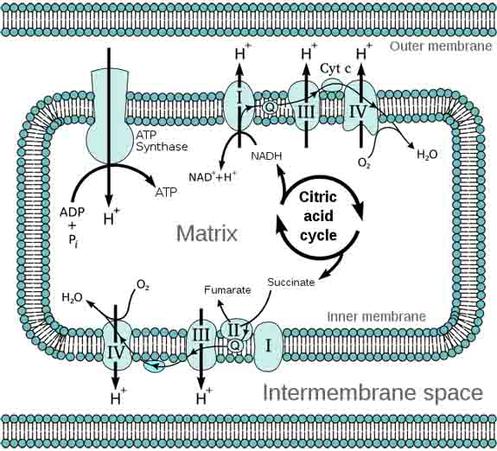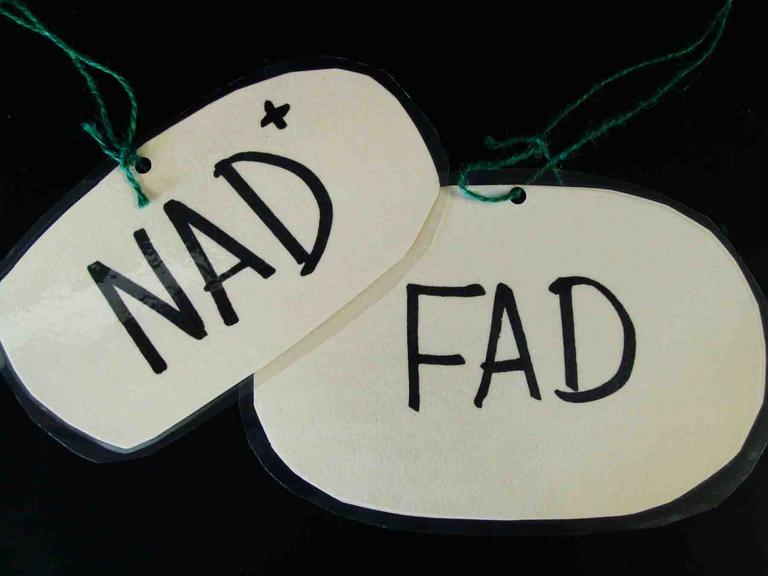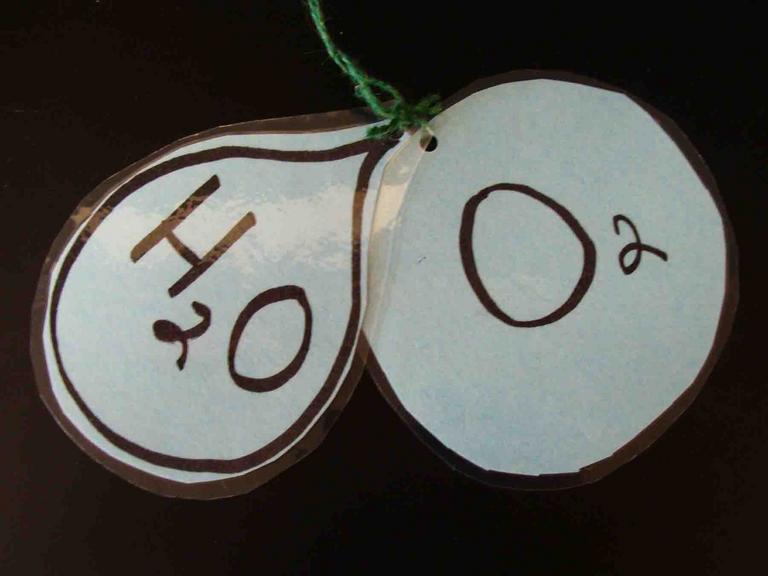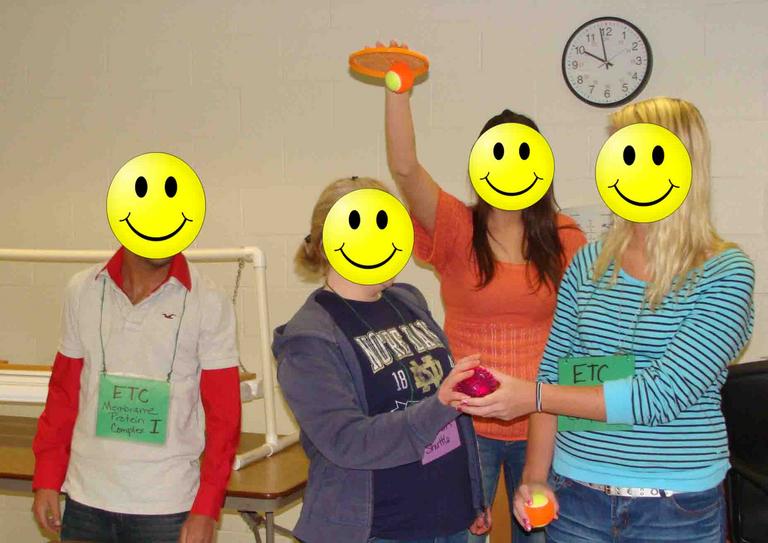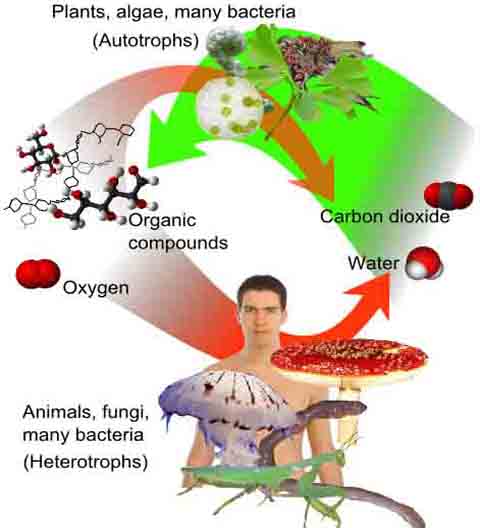 | ||||
The Basics of the Electron Transport Chain - P2
SPO VIRTUAL CLASSROOMS
PAGE 2 < Back to Page 1
How the ETC Works
comes from the stepwise release of energy, of a series of oxidation-reduction reactions between molecules embedded in the plasma membrane
(prokaryotes) or mitochondria
(eukaryotes).
It is easiest to understand how electron transport works by dividing this process into three main events:
In the electron transport chain, these electron carriers are oxidized, transferring their electrons to the carrier molecules embedded in the ETC membrane.
In aerobic respiration, these electrons are passed from one carrier molecule to another in a series of oxidation-reduction reactions, and ultimately to the final electron acceptor, oxygen (O2), that combines with hydrogen, resulting a water (H2O), a metabolic waste product.
Page last updated: 2/2016
1. Oxidation Reduction Reactions
During glycolysis, synthesis of acetyl-CoA and Kreb’s cycle, the electron carriers NAD+ and FADH are reduced to form NADH and FADH2 respectively. These molecules are like little rechargeable batteries, and when NAD+ and FADH are reduced, this means that they accept and carry electrons and hydrogen ions (H+), potential energy that can be used later in cellular respiration.
+ electrons & hydrogen
=
2. Creation of Hydrogen Ion Gradient
The energy from each electron being passed down the chain is used to pump a proton (H+) through each carrier molecule, from one side of the membrane to the other. This creates a proton gradient, a type of concentration gradient (difference in concentration of a substance between two sides of a membrane), and gradients are potential energy available for cellular work.
You have free access to a large collection of materials used in a college-level introductory Cell Biology Course. The Virtual Cell Biology Classroom provides a wide range of free educational resources including Power Point Lectures, Study Guides, Review Questions and Practice Test Questions.
 | ||||
See the
for a fun, hands-on way to teach students the steps of the ETC!
Want To Learn More About Metabolism and the Electron Transport Chain?
